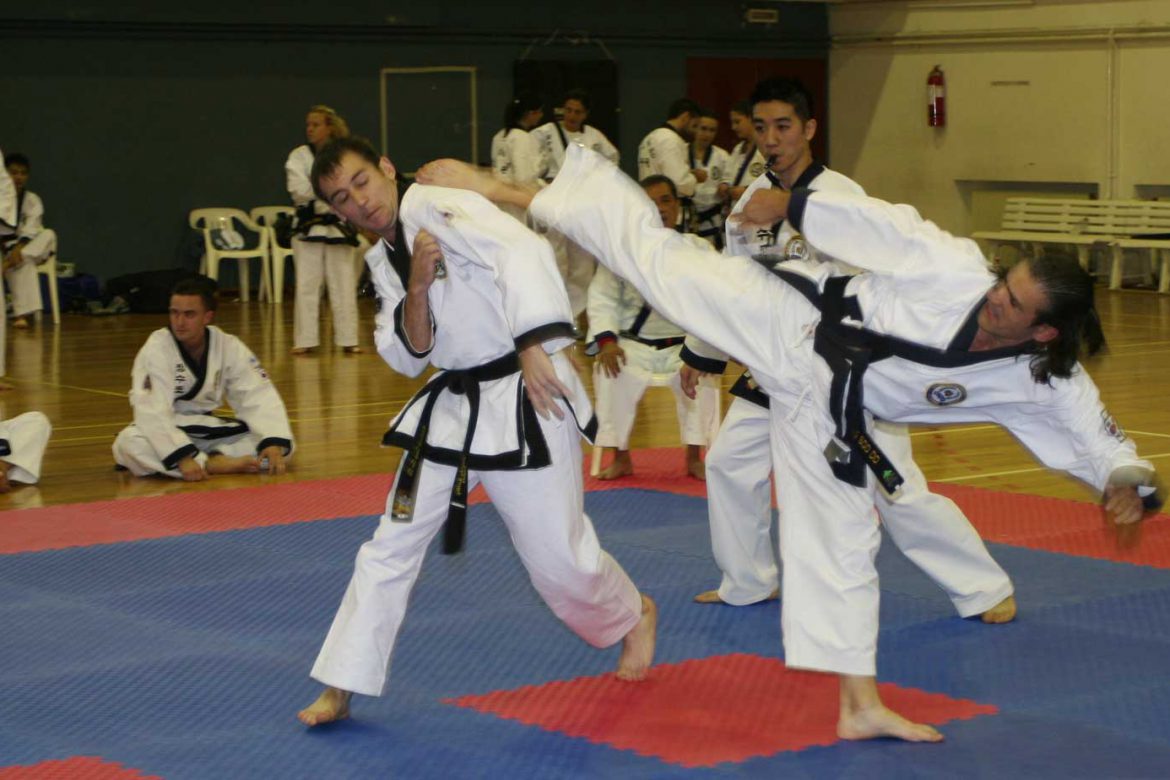As with many martial arts, flexibility training is a key part of the lesson structure. Is being able to perform the splits essential? No. Sure, if you have a wider range of flexibility you will be able to train to do higher kicks but it is the technique that is most important and through continued training those techniques will improve in speed, power, accuracy and timing.
So why stretch? Stretching (even outside of martial arts) has shown to give both physical and mental benefits. Increasing your flexibility will not only lengthen your muscles helping you feel more mobile in your daily life, but the act of regular stretching can help your mind and spirit.
Disclaimer: Work within your own limits, never over stretch and as always, consult your doctor should you be in any doubt that a stretching routine may cause or exacerbate an existing injury.
Use common sense …
There are many types of stretching, focusing on any individual one will not give the best overall result. For the ideal stretching routine, combine a number of the following types of stretch:
- Static stretching
- Dynamic stretching
- Isometric stretching
- Active stretching
- Passive stretching
Static Stretching
Stretching a muscle to it’s furthest point and then holding that position.
Dynamic Stretching
Controlled movements (e.g. swinging the leg from front to back) to increase the range of movement in a particular part of the body.
Isometric Stretching
A type of static stretching which utilises isometric contractions (tensing) of the stretched muscles.
Active Stretching
Holding a stretch with no assistance other than the strength of the opposing muscles.
Passive Stretching
Utilising another person or an object to assist in bringing a joint from a relaxed position through it’s full range of motion.
Read more
